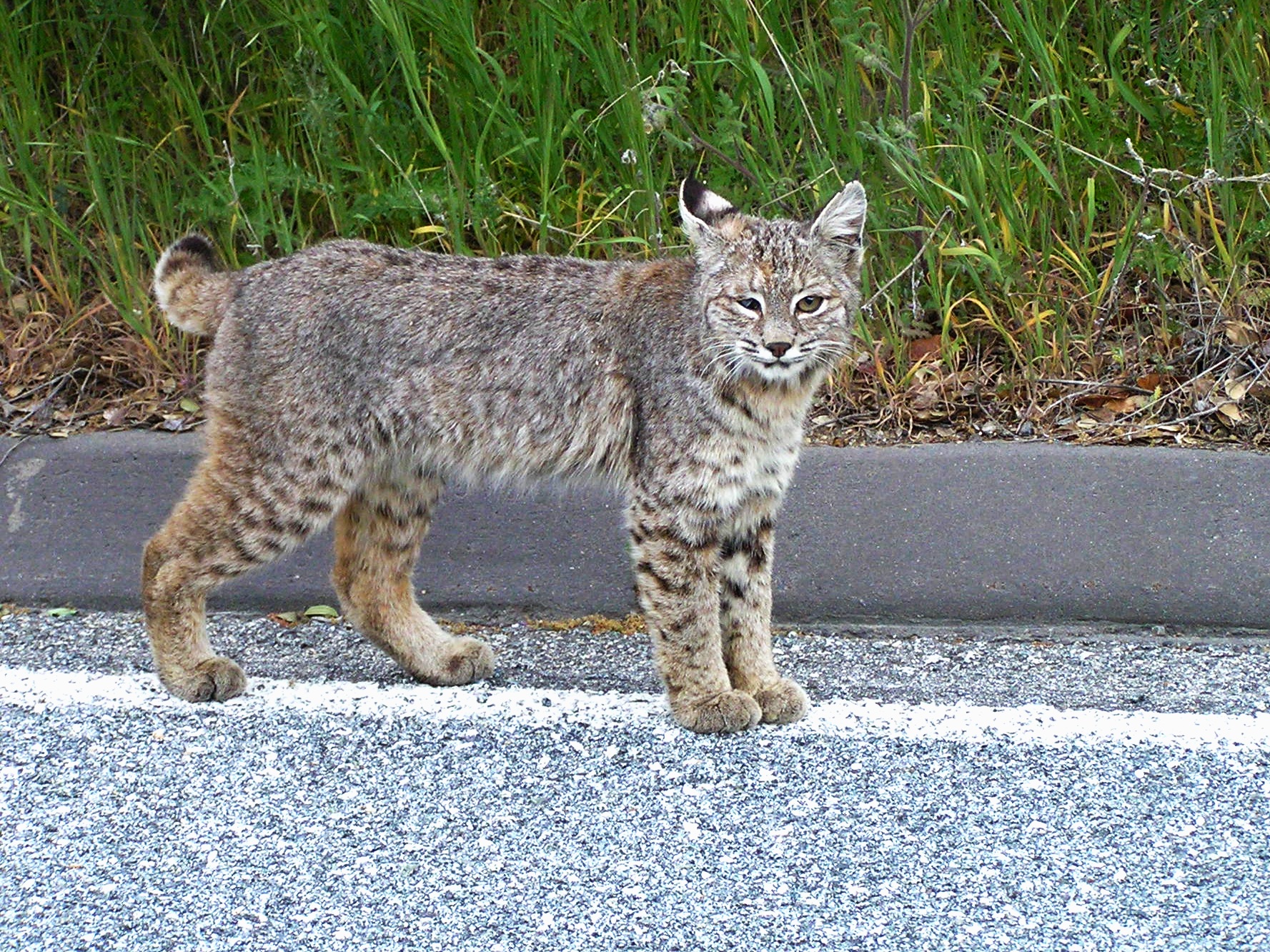I know what you’re thinking - “that’s a pretty bold headline”. I kinda felt the same way as I was writing it. But like the old adage says, “if the shoe fits”…
Newton’s Law of action and reaction is playing out in the Constitution State.
A few Connecticut lawmakers apparently have it out for the state’s hunting and trapping community. According to the state’s legislative website, House Bills 6014 and 6013 seek to put an end to regulated trapping activities, and stop the “expansion” of hunting activities.
H.B. 6014: AN ACT PROHIBITING THE USE OF LEGHOLD AND BODY CRUSHING TRAPS, seeks to do just that - prohibit the use of foothold and body-grip traps. Notice the shift in terminology there. As a sidebar, I can always tell “who I’m dealing with” based on the vocab. There aren’t too many modern traps that restrain an animal by the leg; modern restraint traps, when used appropriately, are designed to catch most animals by the pad of the foot or just above the pad. Hence the term “foothold” as opposed to leg-hold.
As for “body-crushing” - we’re not sure what kind of traps those are, since none of the traps we’ve used ever “crushed” a trapped animal. The only “body-crushing” trap I’m familiar with is the four-wheeled one that drones up and down our highways minute by minute - like the ones these legislaitors drive; how’s that for irony? We assume they’re talking about “body-gripping” traps - y’know, the ones that were financed by the The Association for the Protection of Fur Bearing Animals, and received multiple awards for humane standards? The ones that continue to be scientifically tested for effectiveness through ongoing research in humane catch. Yeah - those traps.
How can we expect these folks to have any idea how trapping works when they can’t even get the terminology right!?
Anyway, as if 6014 wasn’t crazy enough, the same four politicians introduced H.B. 6013: AN ACT PROHIBITING THE EXPANSION OF HUNTING IN CONNECTICUT, which vaguely states “to prevent the expansion of hunting in the state.” Uh - what? “Expansion” of hunting? The folks behind the drafting of these bills seem to feel the state’s hunting community is a Dunkin’ Donuts franchise apparently.
As for the full language of the bills - as of the posting of this article, no formal, detailed verbage has been released on the state’s legislative website. Both bills were referred to the Joint Committee on Environment last week. Connecticut residents can inquire to the bill’s status by contacting the Office of the House Clerk.
A Conservation Quandary
Photo | Connecticut DEEP
So where do we come to the determination that these bills have the potential to degrade conservation efforts?
Ironically enough, just as our eyes were bleeding from reading the text in H.B. 6014, we also came across a fresh report from Connecticut Public Radio on the state’s continued bobcat research and conservation efforts. You may recall as we actually reported briefly on the state’s study program just a couple months ago. Connecticut trappers are currently assisting with ongoing bobcat research in several ways - one being those “heinous” traps mentioned in the silly legislation above.
Jason Hawley, a wildlife biologist with Connecticut DEEP has called upon local trappers.
“If you catch a bobcat, don’t release it. Instead, call his team.” the CPR report states.
After getting a call from a local coyote trapper who’d “bagged” a bobcat in a live-restraint foothold trap, Hawley moved in to advance the state’s project data.
“We sent two people over to Lebanon. They drugged the cat. Tranquilized it. Put it in our carrier that we use,” Hawley told CPR in during the interview.
Wildlife professionals collected samples from the trapped ‘cat, including a small molar for identifying the ‘cat’s age. DNA was also taken. Measurements were recorded of the animal’s head and neck, and an ear tag applied. Finally, the bobcat was outfitted with a GPS collar, which will fall off automatically in about 300 days. All of this important data and insight gained with the help of a licensed trapper - and his trap of course.
According to DEEP’s content on the bobcat project, local trappers have also been called upon to assist the Department with live-trapping bobcats. Data from those trapped bobcats included record of individual weight, age, and sex. (I’ll add, much to the likely dismay of local trapping critics, the bobcat didn’t have missing limbs or chewed up its own feet from being restrained in the trap - shocking, I know; those of us who know how this equipment really works are all just “reeling” from the revelation.)
As this conservation work continues, four state legislators and one all-encompassing restrictive bill are looking to halt this contributing component to the bobcat project. This latest chapter in our saga seems to fit right in with our recently released Politics & Wildlife Management resource.
We’d like to think this is simply a miscommunication from people who don’t know all the facts about regulated hunting and trapping. Alas - we aren’t going to hold our breath for an acknowledgement on lapse of judgement.
Connecticut sportsmen/women and conservationists are encouraged to contact their legislators and implore them to stop the madness put forth by Rep Kupchick (R-132), Rep Camillo (R-151), Rep Michel (D-146), and Senator Duff (D-25).











